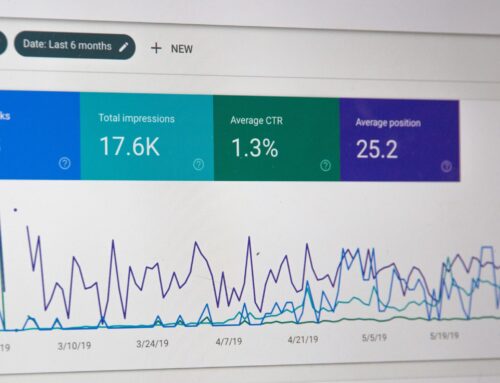 What’s the difference between virtual reality (VR) and augmented reality (AR)? And can they actually be useful for training or are they just gimmicks? Let’s take a look.
What’s the difference between virtual reality (VR) and augmented reality (AR)? And can they actually be useful for training or are they just gimmicks? Let’s take a look.
VIRTUAL REALITY
- The learner is in a completely artificial environment
- Involves wearing an enclosed headset
- Example: Kraken Unleashed VR roller coaster experience at SeaWorld Orlando
- Some commercially available devices: Oculus Rift, HTC Vive, many smartphones support VR apps now
AUGMENTED REALITY
- The learner is in a real environment with artificial enhancements
- Can involve an enclosed headset or something open, like holding up a smartphone
- Example: Pokémon Go
- Some commercially available devices: Microsoft HoloLens, many smartphones support AR apps now
Both of these have seen a lot of use in marketing and publicity over the last year or so. But that doesn’t stop them from having practical applications too.
VIRTUAL REALITY FOR TRAINING
Like traditional eLearning, VR creates a safe environment for learners to try new things and practice using skills. The big difference is that VR gives the feeling of “really being there” in a way eLearning doesn’t. This is especially helpful for emotionally intense situations, like emergency response. It’s one thing to know how to properly deploy a fire hose. It’s another matter to do it correctly when there’s a family crying and holding one another nearby. VR is physically safer too. And resetting and replaying the training is quick and easy. A live disaster drill of a house fire would be much harder and more expensive to do.
But VR training doesn’t have to be for “emergencies only.” Safety inspectors could learn what to look for in a realistic setting. Cooks could practice making new menu items, without wasting ingredients or needing to clean up. Sales people could practice selling to virtual clients. There are lots of possibilities.
AUGMENTED REALITY FOR TRAINING
AR is probably a better fit for performance support. It adds to something that’s already there. This makes it great for using in the moment of need. Think about an auto mechanic pointing a smartphone at an engine and seeing a list of its parts. Or imagine a new hire at a store seeing step-by-step directions for how to use the cash register.
There’s still lots of room for these technologies to grow and develop. But as prices go down and the technology gets easier to use, we’ll probably see more of them. Video and mobile learning used to be expensive and rare, and now look at them. They’re everywhere.
VR and AR are related, but they’re not the same thing. And they can be useful for training, as well as attracting attention.




